re:Anyone know Sergey?Date: 2/5/2006 10:49:57 PM
Author: adamasgem
Please understand that I do not know the distribution characteristics of the DC COS lighting scheme.... Anyone know Sergey? I just pulled it up on Sergeys suggestion as a non uniform distribution, so I don''t necessarily ''bless'' it, so to speak..Date: 2/5/2006 9:44:13 PM
Author: strmrdr
34.2, 41, 56t,60%star,80% lgf
Marty''s lighting 0 to 15 degrees tilt.
I reallly would like to see an altered Moon and Spencer Cloud covered sky model and/or a Pokrowski blue sky model used..
(Uniform hemisphere)*COS(angle from Zenith) - Head
re:I''m thinking about two realistic lighting models based on the distributions I published before. Lower angle lighting is attenuated in amplitude and color by the local envirionment, trees, buildings, etc
Yes. Classical standards are not good for city. We will add HDR texture.

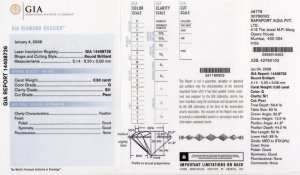
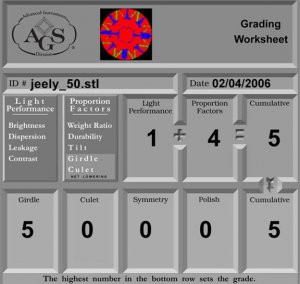
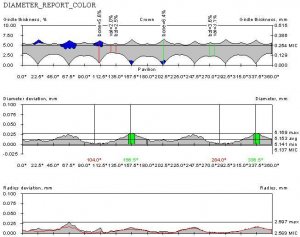
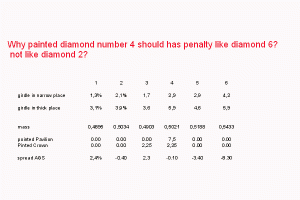
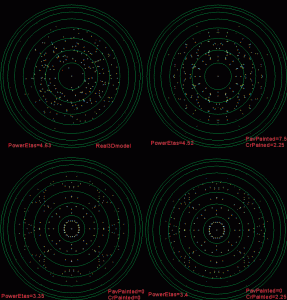
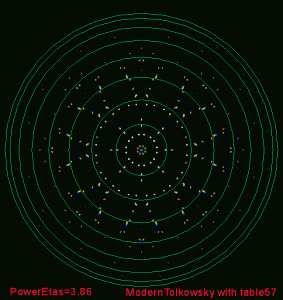

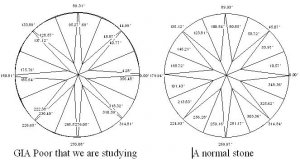



300x240.png)